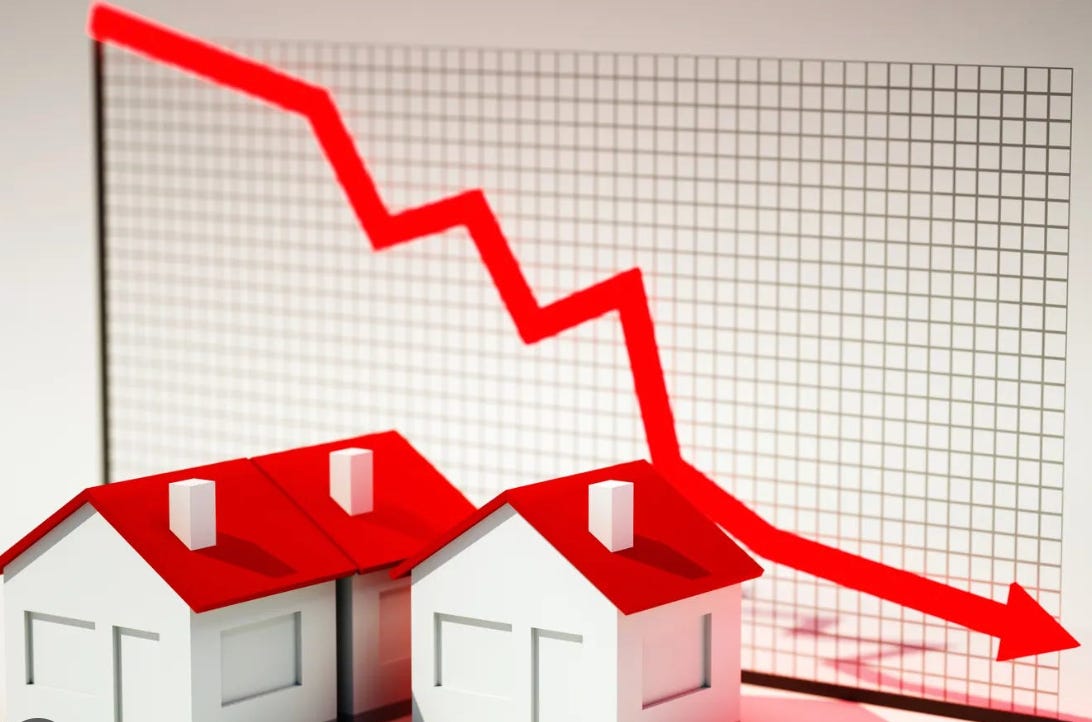April Home Sales Hit 16-Year Low: How Political Uncertainty, Interest Rates, and Tariffs Are Shaping the Market
A data-driven look at why buyers and sellers are hesitating—and what brokers need to know now
April’s housing data is in, and the slowdown is impossible to ignore. According to the National Association of Realtors, April 2025 saw existing home sales drop to their lowest level for the month since 2009—just 4 million units sold, down 0.5% from March and 2% below last year’s pace. As Bloomberg and NPR both report, the market is feeling the weight of uncertainty, and the usual spring surge simply didn’t materialize.
What’s Behind the Slowdown?
Political Uncertainty: The Market’s Biggest Wildcard
Across the board, political uncertainty is a major factor. NPR highlights how both buyers and sellers are hitting pause as they wait for clarity on tariffs, tax policy, and the upcoming election. Fox Business echoes this sentiment, noting that consumer confidence has taken a hit as people question what the next year will bring for the economy and their personal finances.
Interest Rates: Persistent Pressure on Affordability
Mortgage rates remain stubbornly high, hovering between 6.8% and 7% for a 30-year fixed loan. “High mortgage rates and tariff uncertainty drag on US housing market”Financial Times reports that this is keeping a significant number of potential buyers on the sidelines, as monthly payments are now hundreds of dollars higher than just a few years ago. Even as inventory increases, affordability remains a significant barrier.
Tariffs: The Hidden Cost Driver
Tariffs are quietly adding another layer of complexity. Bloomberg and Fox Business both point out that the latest round of tariffs is pushing up the cost of key building materials like lumber and steel. This means higher prices for new construction, which then ripple out to the existing home market as well.
Inventory Is Up—But Sales Aren’t Following
One surprising data point: inventory actually rose 21% year-over-year to 1.45 million homes, the highest April level since 2020 (NAR). Yet, as NPR and Bloomberg note, buyers are still hesitant. The median price hit a record $414,000, up 1.8% from last year, but the pace of price growth is clearly slowing.
What Should Brokers Do Now?
For agents and brokers, this is a moment to focus on education and strategy. Clients are nervous, and the headlines can be overwhelming. The fundamentals—strong underlying demand and a resilient job market—are still in place, but the market is in a holding pattern until there’s more clarity on rates and policy.
As NPR puts it, “We’re in a holding pattern.” The best approach right now is to help clients understand the data, price homes realistically, and be ready to act quickly when conditions shift.



